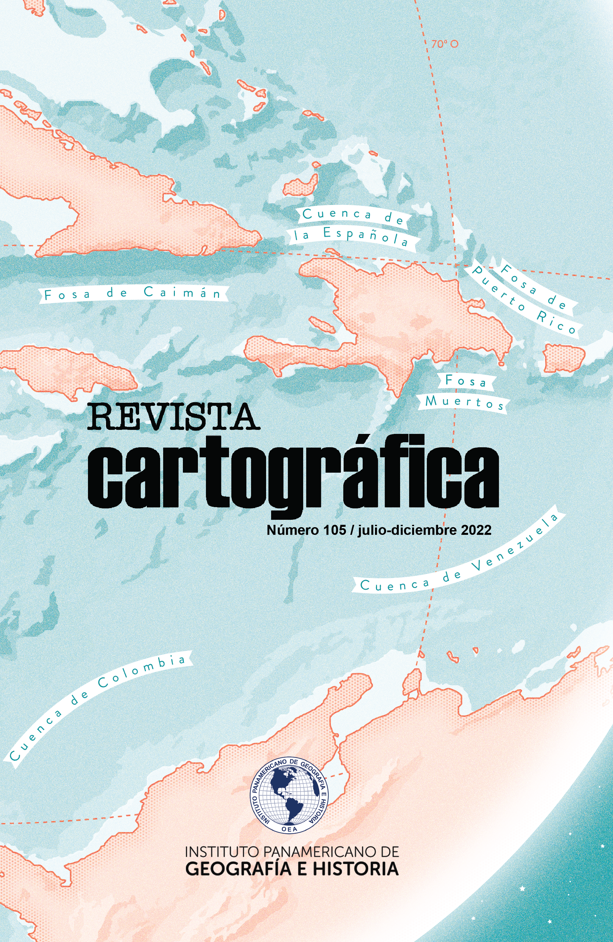Evaluation of planimetric accuracy of Google images Earth in an urban and rural area in the State of Pernambuco, Brazil
Main Article Content
Abstract
Due to the popularity of Google Earth, users often use the platform's geographic data for scientific and spatial planning purposes. However, Google claims that these data are only approximations and therefore their positional accuracy is not officially documented. In view of the improvement in obtaining these data,
there is a need to assess the quality of the cartographic product. Thus, this work aims to evaluate the planimetric quality of point data obtained from Google Earth, based on Descriptive Statistics, Trend Analysis and the Brazilian Standard for Cartographic Precision (PEC-PCD). For this, two georeferenced orthophotos
with a spatial resolution of 5 cm were used as a reference, one in an urban area and another in a rural area in the state of Pernambuco, Brazil. In the results, a positional error of 1.26 m was found in the urban area and 4.65 m in the rural area. According to the PEC-PCD analysis, the planimetric data generated by Google Earth meet the technical specifications at scales of less than 1:5000, in densely urbanized areas, and 1:10,000, in non-urbanized areas. Thus, in places with greater availability of high resolution satellite images, it was observed that the data present a more significant precision. In this sense, Google Earth represents an attractive source of positional data that can be used for spatial analysis and preliminary surveys.
Downloads
Article Details
By submitting the originals, the author accepts the rules of distribution, reproduction and copyright established by the journal.
The author who publishes in Revista Cartográfica agrees with the following terms:
- It preserves the copyright, and grants the journal the right of publication (reproduction, edition, distribution, public communication and exhibition).
- Revista Cartográfica is licensed under the terms of Creative Commons Reconocimiento-NoComercial-SinObraDerivada 4.0 Internacional.
- The author is encouraged to reproduce and host their works published in the Revista Cartográfica in institutional repositories, web pages, etc. in order to contribute to the dissemination and transfer of knowledge.
- The journal adheres to the international standards and codes of the Committee on Publication Ethics (Code of Conduct and Best Practices Guidelines for Journals Editors, COPE).

